
Today’s businesses rely on third-party vendors, contractors, and partners to operate efficiently more than ever. But every external connection introduces a risk—especially when it comes with overly permissive access. If not properly managed, this can become a significant vulnerability. Attackers know this, and they actively exploit these weak points.
Take the recent Belsen Group breach in January 2025, where hackers leaked virtual private network (VPN) configurations for 15,000 Fortinet firewall devices, exposing credentials, certificates, and firewall rules. This breach highlights the risks of legacy VPNs that grant implicit trust, emphasizing the need for modern zero trust security to enforce strict access controls and reduce threats.
Another issue comes from unsecured, unmanaged devices. Employees or contractors using unmanaged devices can unintentionally introduce malware or ransomware, putting the business at risk. A single compromised third-party account can lead to data breaches, financial losses, and reputational damage.
The reality? VPNs and virtual desktop infrastructure (VDI) are outdated, slow, and risky. They weren’t built for today’s cyber threats, as they grant implicit trust, allow lateral movement, and fail to secure unmanaged devices. Businesses need a new approach—one that secures third-party access without adding friction.
Addressing the risks of third-party access with zero trust
This is where zero trust network access (ZTNA) comes in, offering a secure way to manage third-party access without sacrificing productivity. Instead of trusting users by default, it ensures least-privileged access, continuously verifying users and devices before granting access to specific applications—never the entire network.
With ZTNA, third-parties are treated as untrusted by default. Access is only granted after passing multiple layers of verification and is limited to essential resources, reducing the attack surface. Continuous monitoring helps detect and address any suspicious behavior. The benefits of ZTNA go beyond just enhancing security; they also streamline third-party onboarding and access, boosting productivity.
Revolutionizing third-party access with Netskope: Security meets simplicity
Netskope One Private Access takes ZTNA to the next level with its dual approach, offering either seamless client-based access through the Netskope Client or clientless access via browser for contractors, vendors, and partners. Let’s take a closer look at both of these approaches:
- Clientless, browser-based access – Contractors and partners can log in through a secure user portal and access their approved applications from any device, including personal (BYOD), without installing a client. No delays, no friction, no juggling multiple URLs—just instant, simpler and secure access. This method enforces user authentication and grants access on a need-to-know, least-privileged basis. It supports remote access using web (HTTP/S), Remote Desktop Protocol (RDP), and Secure Shell (SSH), and continuously secures those connections—key targets for cyberattacks—without requiring risky inbound ports.
- Client-based access – The Netskope One Client enables seamless, secure access to partner applications. Users no longer need to log out and back in to switch between private application access in different tenants. Instead, the client allows secure and efficient switching to partner tenants while ensuring that internet-bound traffic continues to flow through the primary tenant.
Both approaches ensure, contractors and vendors can hit the ground running with immediate access to the applications they need—no more shipping laptops or dealing with connectivity issues. With one-click access tailored to specific job roles, users enjoy a seamless experience that enhances productivity while keeping security tight.
Why choose Netskope One Private Access?
- Zero trust in action– Limit access, prevent lateral movement, and enforce least privilege access.
- Instant, hassle-free access – No more shipping laptops or managing multiple logins.
- Integrated data loss prevention (DLP) – Prevents sensitive data leaks from unmanaged devices.
- Full visibility & real-time monitoring – Admins track every session, detecting anomalies (potential threats or policy violations) instantly.
The future of third-party access is here
As businesses increasingly rely on vendors, contractors, and partners, they must strike a balance between efficiency and security—enabling seamless collaboration while protecting sensitive data from potential threats.
With Netskope One Private Access, organizations can secure third-party access without adding complexity. Whether through clientless browser access or the Netskope One Client, businesses gain a modern, flexible, and secure solution that eliminates VPN vulnerabilities and enforces zero trust principles.
The choice is clear: Stop trusting VPNs. Start enforcing Zero Trust.
Learn more in our solution brief, Securing Third Party Access with Netskope One Private Access.
Seamless, secure access starts here. Take the Netskope One Private Access Test Drive—free for 14 days—and experience the difference.




 Back
Back 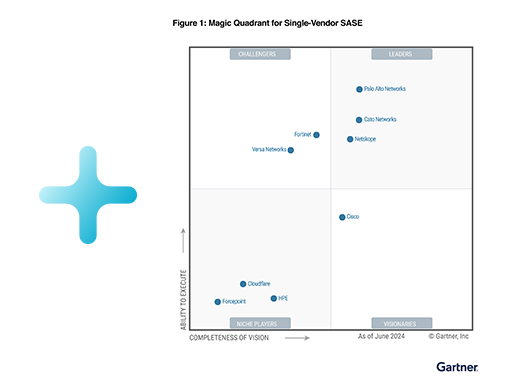
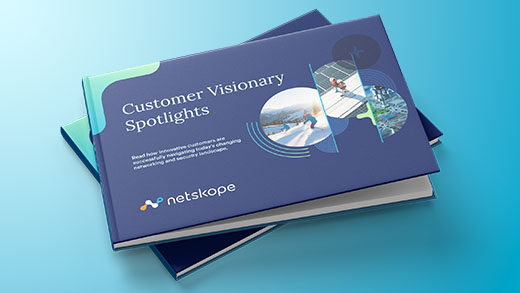





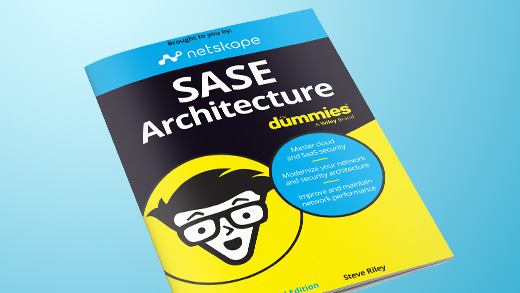




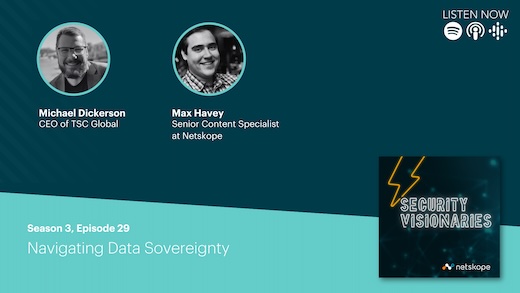

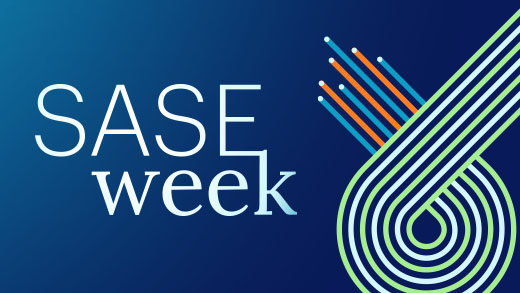


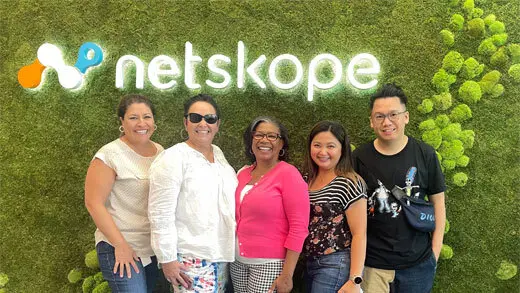




 Read the blog
Read the blog